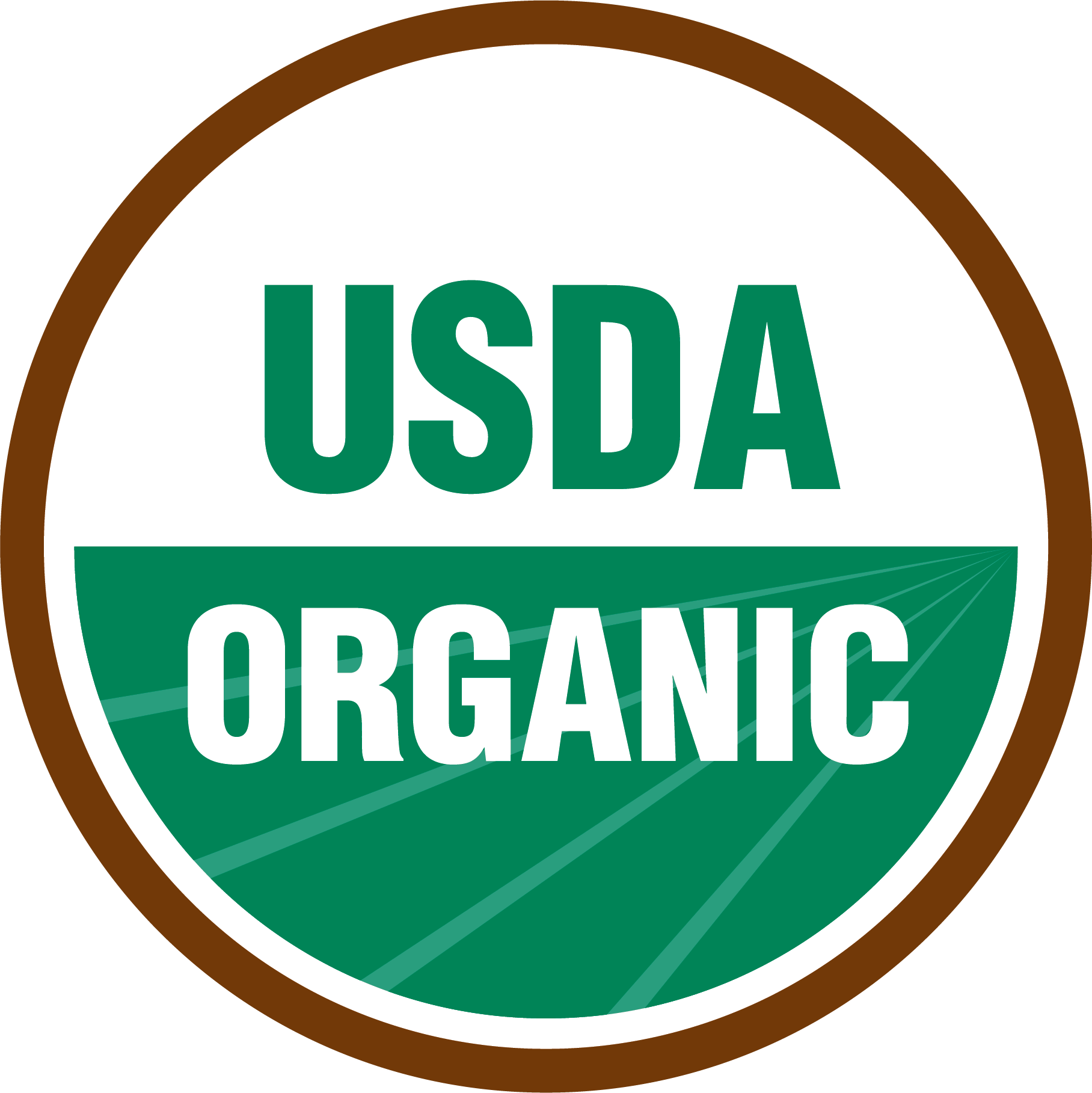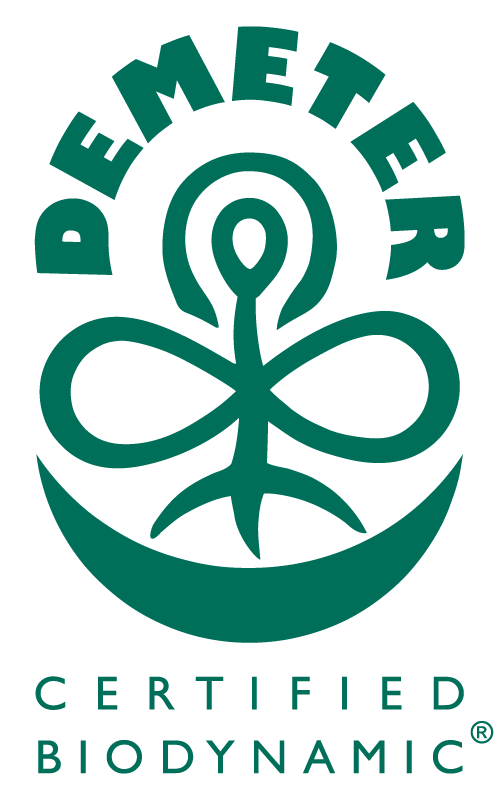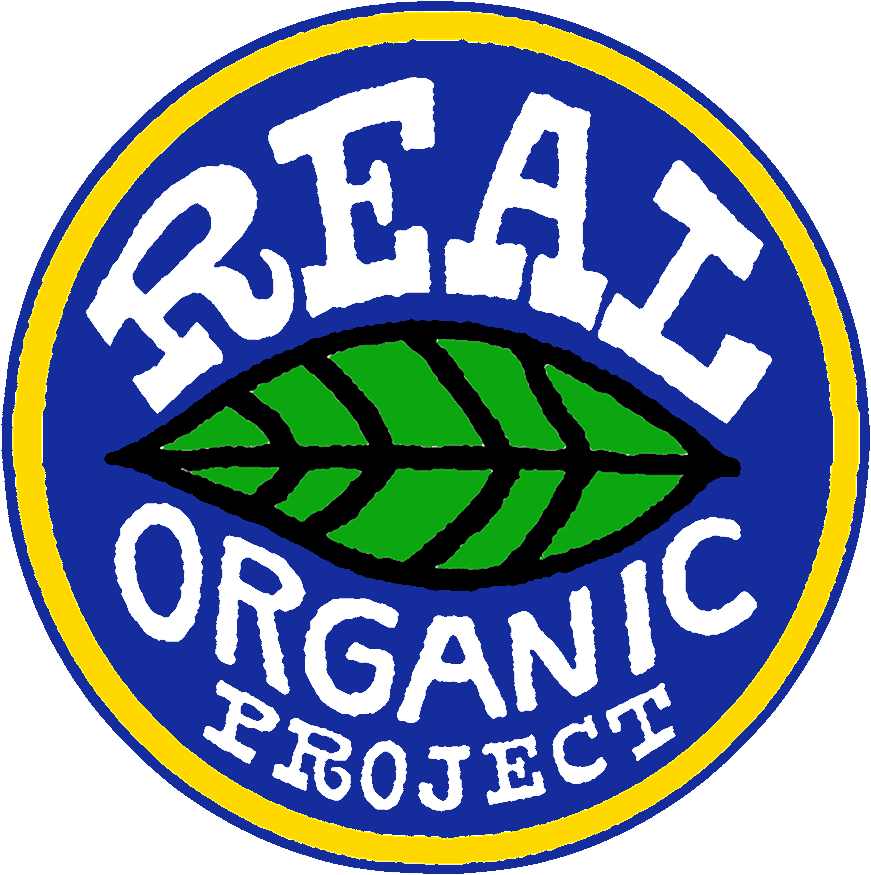Dear KCSA community,
The conference season has come and gone! Spring is almost here. And despite the snow and subsequent ice, then snow and ice, things are slowly beginning to ramp up at the farm.
Since our last newsletter, we have had our first big snowing and our first big sowing of the year! Consulting the Stella Natura—the biodynamic planting calendar—last week on Tuesday was a fruit day, so we sowed our greenhouse seed peppers. Wednesday was a root day, so we sowed our bunching onions, an early New York variety (although not strictly the root, onions and garlic do do better on root days). Friday was a flower day, so we sowed even more flowers for u-pick (globe amaranth, strawflowers, and Chinese forget-me-nots). And Sunday was a leaf day so, we sowed some of our early spring greens—collards, kale, chard, and minutina!
If you are not familiar, the Stella Natura supports biodynamic farmers by deciphering the optimal times to sow annual crops in relation to the part of the plant that is ultimately harvested: root, leaf, flower and fruit. These four rudimentary parts of a plant relate to the four elements.
Root = Earth
Leaf = Water
Flower = Air
Fruit = Fire
Cultivating, harvesting (especially storage crops) and seed saving are also relevant to working with the cosmic rhythms set out in the biodynamic calendar.
The calendar works by tracking the movements of the moon and planets within the back drop of the stars of the zodiac (constellations). Essentially, the moon focuses the forces of the constellations on to the earth as it passes in-between them, bearing the qualities of each element. As Rudolf Steiner emphasized in his 1924 lectures on agriculture, the cosmic influences from the sun, moon, planets and stars are all important factors to work with when farming. Indeed! Sowing tomato seeds on a leaf day may create a full, bushy and vegetative plant, but as farmers, we strive for an abundance of flowers and fruit, as that is what we eat!
There are also times when we shouldn't sow at all! When the moon is passing from constellation to constellation, the waning of one element and the waxing of the next is not exact. The exact timing of when best to sow a root crop, which then switches to a flower crop, for example, is unknown. There is a similar buffer zone when the planets and moon intersect the path of the sun (nodes) and when the moon is closest to earth during its orbit. The moon's influence on our oceans is there for all to see, the effect it can have on the water content of a plant not so much!
As with most aspects of organic and biodynamic farming, knowledge is based on experience and experimentation. The author of the Stella Natura, Sherry Wildfeuer, leans heavily on the German-based biodynamic farmer Maria Thun's observations. From the 1950’s onwards, Thun has produced a huge wealth of knowledge. Sherry, a resident at Camphill Kimberton Hills, continues this indispensable work for us biodynamic farmers in the U.S.
I'll leave you with a quote from Sherry that explains the importance of maintaining the biodynamic calendar, "The astronomical information offered in the charts is, like the weather, part of the nexus of environmental factors which affect the plants in your care. If you wish to support their growth by creating optimal conditions, you will want to pay attention to this information – and to the weather!”
Cheers,
Andrew

























